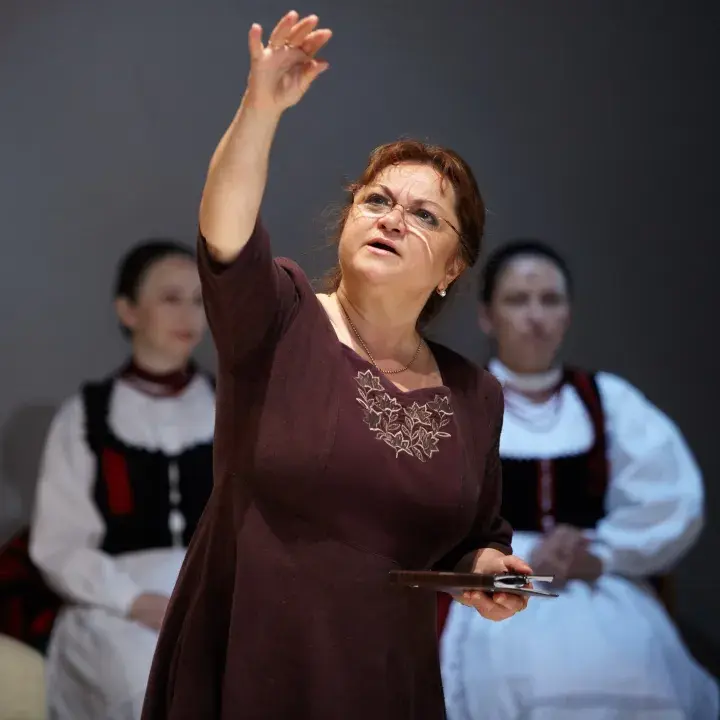The use of folk motifs by fashion designers today raises the question of "cultural appropriation." Does borrowing folk art motifs and techniques without mentioning their original context constitute theft? Cultural appropriation is the improper takeover of elements of one culture by members of another – consistently more dominant and stronger – culture. This often profoundly hurts the exploited community and also creates an economic disadvantage as the revenue flows to the secondary creator without supporting the original community.
Louis Vuitton, for example, recently launched a women's shirt that resembled the women's folk attire in the region of Mărginimea Sibiului (in Hungarian: Szeben-Hegyalja) in Romania. The presentation of the shirt without reference caused a huge outrage. Representatives of the fashion house also apologised to the Romanian state through Romania's ambassador to France, claiming it was an "unintentional" mistake, and the Ministry of Culture, together with Louis Vuitton, organised a series of events to showcase Romanian women's shirts and crafts. In 2017, there was a similar case when Dior copied one of the spectacular pieces of the Romanian folk costume from the Beiuș (in Hungarian: Belényes) area without making any reference to the origin of the motifs.
In the Fall Collection of Mango, we find an embroidered jacket decorated with copied old Kalotaszeg patterns, which also appropriates cultural heritage. The fast fashion company did not indicate the pattern's origin anywhere, even though the embroidery on the jacket comes from the rich traditions of the Hungarian community of the Kalotaszeg region of Transylvania. According to Mango's website, the product was "Designed in Barcelona" and "Made in China". Due to the increasing frequency of similar cases and their prevention, the EU intends to introduce clear regulations in 2025. So far, no lawsuits have been filed against fashion companies in Hungary.


